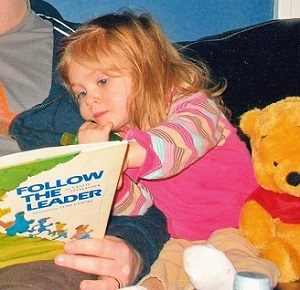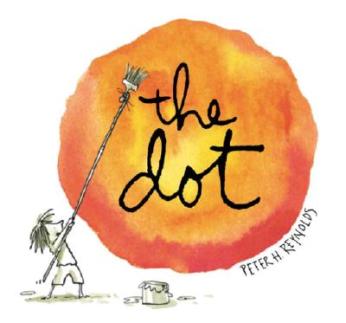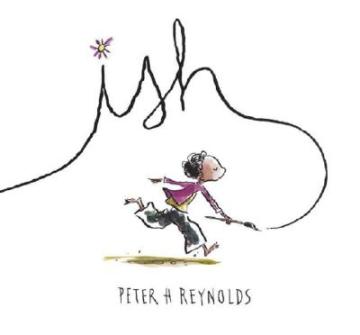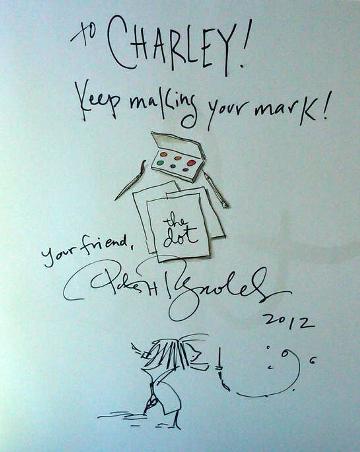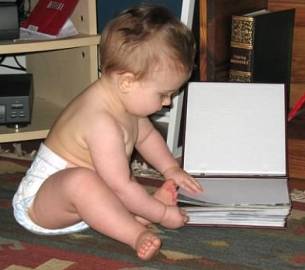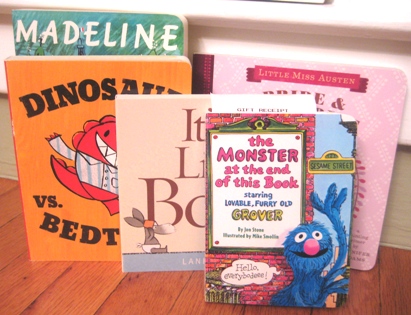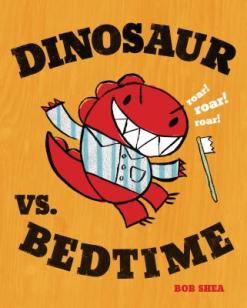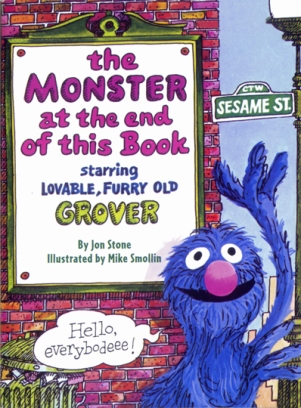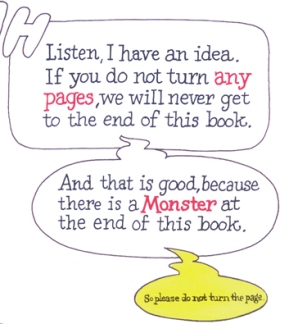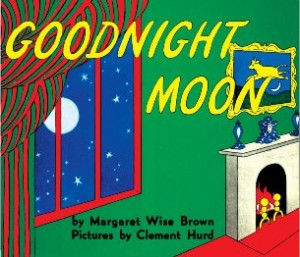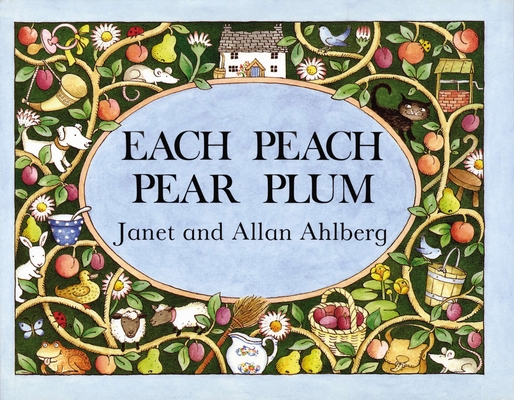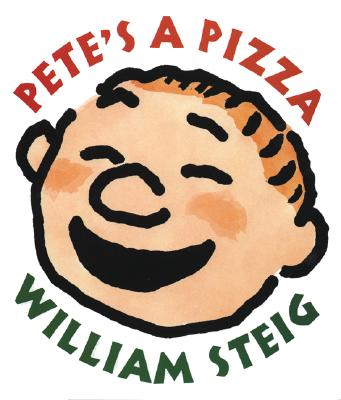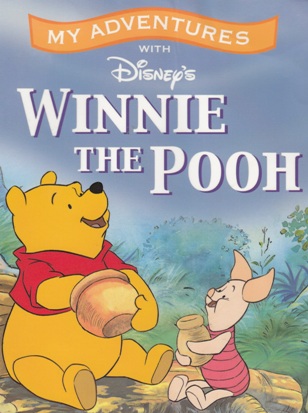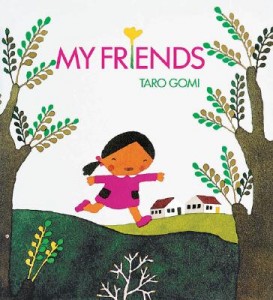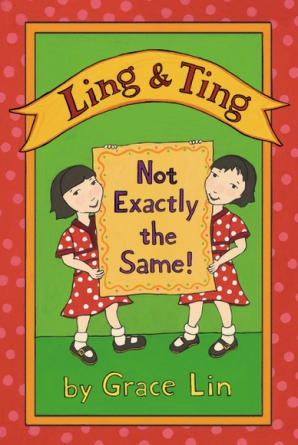
Just in case you were wondering, Grace Lin’s “Ling and Ting: Not Exactly the Same” is one of the best kids’ books about twins I’ve ever read
A few months ago, I found out that two of my best friends in the world were having a baby. And not just “a baby”, they were having twins – twin girls – after years of unsuccessful attempts to get pregnant. Needless to say, I was overjoyed, just completely over the moon for them. But then… all my OCD impulses kicked in and I immediately thought, “Oh man, I have to make sure those girls have a decent selection of reading material.” So, for the second time, I embarked on an attempt to “build a library” for a new baby (or babies, as it were).
I used the same methodology I used for my own daughter – I would buy one book a week during the pregnancy and I would try to stay away from books that they’d probably get as baby shower gifts. (Goodnight Moon, Runaway Bunny, anything that’s available at Target, etc.)
However, a few weeks into the pregnancy, my friends turned to me and said, “Hey, remember that whole one-book-a-week thing you did for Charley? We’re doing it too.” I laughed hysterically, said “Good to know!”, and pulled out the eight-or-so books that I’d already bought them. Fortunately, we hadn’t doubled up on any of the books – but they’re twins, so I feel doubling up is OK – and it just reaffirmed my long-held opinion that my friends are AWESOME.
But it didn’t stop me from buying the books. All it did was add another variable to my selection process. So now I buy one book a week, try to stay away from books that they’d probably get as baby shower gifts, and try to stay away from books they’d buy themselves. (And I’m being a little more diligent about saving the gift receipts as well.)
They’re in around their 20th week of the pregnancy, so I haven’t finished my “40-week library for friends” yet, but I thought I’d share what I’d bought them so far to give you some ideas about buying books for expectant parents. (I’ll share the second half of my library list after the twins are born.)
If asked to “build a library” for the children of my very best friends, these are some of the books that would immediately rise to the top of my list. Yes, it’s subjective and selective and built around my own weird variables – there aren’t any Mo Willems books on the list yet because I wanted to see how many Pigeon books they’d get at their baby shower – but I think ANY of these books are great places to start.
If you’re building a library for a friend or even just looking for some great baby shower gifts, these books are definitely worth checking out. (Some of these books have been covered on the blog before, so I’ll provide links to the longer write-ups.)
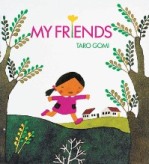 Last September, I called My Friends “an ideal bedtime book. Truth be told, I literally read My Friends to my daughter at bedtime every single night I put her to bed from when she was five months old until she was about 15-months-old.” One of the best board books in history, in my humble opinion.
Last September, I called My Friends “an ideal bedtime book. Truth be told, I literally read My Friends to my daughter at bedtime every single night I put her to bed from when she was five months old until she was about 15-months-old.” One of the best board books in history, in my humble opinion.
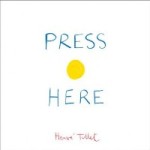 Last November, I called Press Here “a fairly amazing book because it doesn’t wow its audience with a story or with particularly flashy illustrations, but rather it draws readers in with interactivity, with humor, and with that drive that comes with all printed books – the drive to see what happens next, to see what’s happening on the next page.”
Last November, I called Press Here “a fairly amazing book because it doesn’t wow its audience with a story or with particularly flashy illustrations, but rather it draws readers in with interactivity, with humor, and with that drive that comes with all printed books – the drive to see what happens next, to see what’s happening on the next page.”
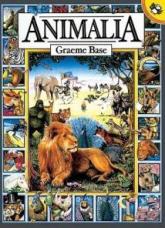 We actually don’t own a copy of Animalia ourselves – I don’t know if my daughter has ever read it – but it is simply one of the most expansive and beautiful alphabet books that I’ve ever encountered. Graeme Base has created this gorgeous tapestry of images, a collection of widescreen fantastical images of animal life, each accompanied by short alliterative phrases like “An Armoured Armadillo Avoiding an Angry Alligator.” I love the idea of taking the 70mm Cinemascope beauty of Base’s illustrations and plopping it in front of a young child. It will blow their minds. And they’ll think the alphabet is a million times more interesting than it actually is.
We actually don’t own a copy of Animalia ourselves – I don’t know if my daughter has ever read it – but it is simply one of the most expansive and beautiful alphabet books that I’ve ever encountered. Graeme Base has created this gorgeous tapestry of images, a collection of widescreen fantastical images of animal life, each accompanied by short alliterative phrases like “An Armoured Armadillo Avoiding an Angry Alligator.” I love the idea of taking the 70mm Cinemascope beauty of Base’s illustrations and plopping it in front of a young child. It will blow their minds. And they’ll think the alphabet is a million times more interesting than it actually is.
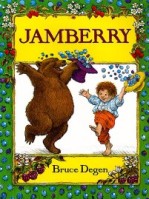 Easily one of our most read board books of all time. I don’t what makes Jamberry so appealing to young children, but my daughter loved it. The story follows a boy and his bear best friend berry-picking and wandering through a variety of berry-inspired landscapes. We start with “One berry, two berry, pick me a blueberry” and, as the boy and the bear head out “looking for berries / berries for jam”, the verses quickly pick up steam. The whole book is a crescendo, throwing the friends into one bigger situation after another, escalating to the point where their travels involve marching bands and elephants figure-skating on jam. And every page of Jamberry is just teeming with berries in every way, shape, or form. It’s a lovely, energizing book to read out loud and, in my experience, kids love Bruce Degen’s visuals of his odd little berry universe.
Easily one of our most read board books of all time. I don’t what makes Jamberry so appealing to young children, but my daughter loved it. The story follows a boy and his bear best friend berry-picking and wandering through a variety of berry-inspired landscapes. We start with “One berry, two berry, pick me a blueberry” and, as the boy and the bear head out “looking for berries / berries for jam”, the verses quickly pick up steam. The whole book is a crescendo, throwing the friends into one bigger situation after another, escalating to the point where their travels involve marching bands and elephants figure-skating on jam. And every page of Jamberry is just teeming with berries in every way, shape, or form. It’s a lovely, energizing book to read out loud and, in my experience, kids love Bruce Degen’s visuals of his odd little berry universe.
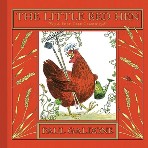 Last November, I wrote an article about “The Difficult Task of Introducing Your Kid to Folk Tales and Fairy Tales” and one of my recommendations was to steer kids towards “anything in Paul Galdone’s Folk Tale Classics series.” Galdone is a tremendous author and illustrator and his “Folk Tale Classics” represent some of the best retellings of “classic” stories that I’ve ever seen. If you want your kid to grow up with a firm knowledge of everyone from The Gingerbread Man to Red Riding Hood, Galdone is your man. For this library project, I went with two of my daughter’s favorite editions of Galdone’s folk tales – The Little Red Hen and The Three Little Pigs.
Last November, I wrote an article about “The Difficult Task of Introducing Your Kid to Folk Tales and Fairy Tales” and one of my recommendations was to steer kids towards “anything in Paul Galdone’s Folk Tale Classics series.” Galdone is a tremendous author and illustrator and his “Folk Tale Classics” represent some of the best retellings of “classic” stories that I’ve ever seen. If you want your kid to grow up with a firm knowledge of everyone from The Gingerbread Man to Red Riding Hood, Galdone is your man. For this library project, I went with two of my daughter’s favorite editions of Galdone’s folk tales – The Little Red Hen and The Three Little Pigs.
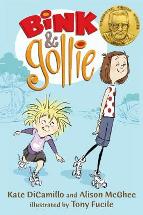 Back in September, I waxed rhapsodic over the second Bink & Gollie book, Two for One, but the original is just as good, if not better. With Bink & Gollie, the authors – Kate DiCamillo, Alison McGhee, and Tony Fucile – have created a George & Martha for a new age. It’s a beautiful, hysterically funny look at friendship. As I mentioned in my review of Two for One, “I’ve been meaning to write about the original Bink & Gollie for months now (and I still probably will one day), but it’s one of those books that is SO good that it’s actually intimidating to write a review of it. How can I possibly convey the depth of the warmth and humor in Bink & Gollie in a simple blog post?” That’s all still true. This is a home library essential.
Back in September, I waxed rhapsodic over the second Bink & Gollie book, Two for One, but the original is just as good, if not better. With Bink & Gollie, the authors – Kate DiCamillo, Alison McGhee, and Tony Fucile – have created a George & Martha for a new age. It’s a beautiful, hysterically funny look at friendship. As I mentioned in my review of Two for One, “I’ve been meaning to write about the original Bink & Gollie for months now (and I still probably will one day), but it’s one of those books that is SO good that it’s actually intimidating to write a review of it. How can I possibly convey the depth of the warmth and humor in Bink & Gollie in a simple blog post?” That’s all still true. This is a home library essential.
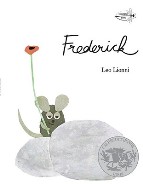 I have never, ever encountered a book that does a better job of explaining the importance and value of art and artists than Leo Lionni’s Frederick. It takes all of these abstract concepts like art and emotion and, through the travails of these brilliant little collage mice, makes them easily understandable for young readers. This is a STAGGERING book with an amazing message, and it’s fun to read too. My daughter loves it. [read the rest of the post…]
I have never, ever encountered a book that does a better job of explaining the importance and value of art and artists than Leo Lionni’s Frederick. It takes all of these abstract concepts like art and emotion and, through the travails of these brilliant little collage mice, makes them easily understandable for young readers. This is a STAGGERING book with an amazing message, and it’s fun to read too. My daughter loves it. [read the rest of the post…]
